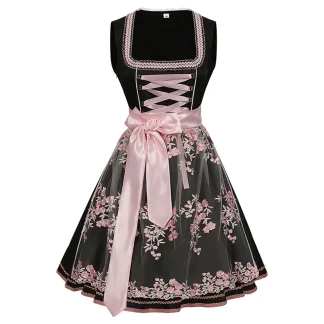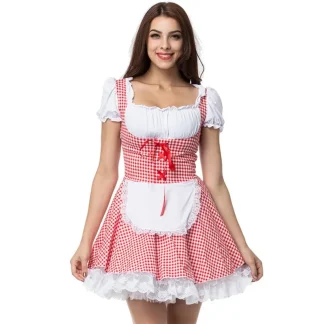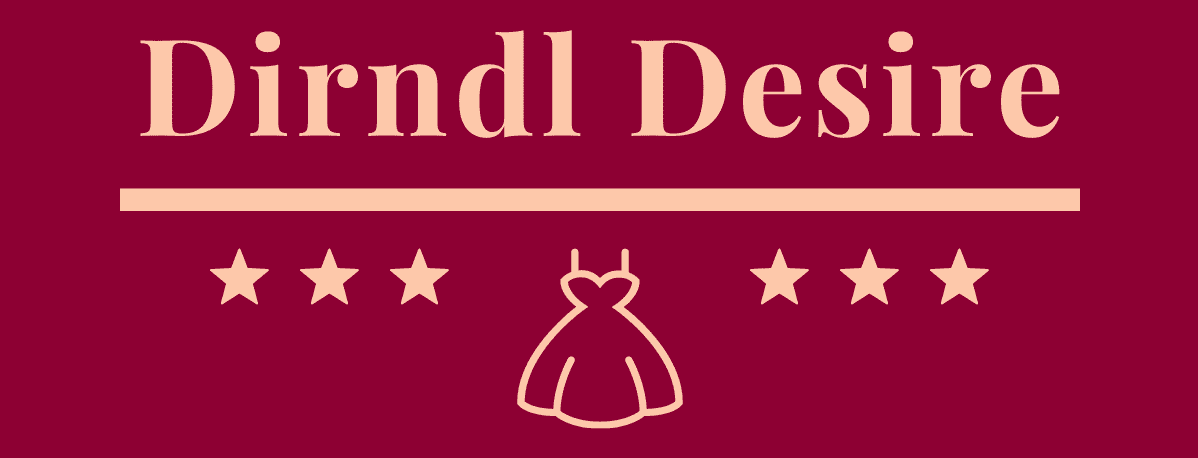Showing 1–42 of 54 results
Showing 1–42 of 54 results
The Timeless Elegance of the Dirndl Dress: A Cultural Icon
The Dirndl Dress, with its rich history and cultural significance, is more than just a piece of clothing—it's a symbol of tradition, elegance, and identity. Originating from the alpine regions of Germany, Austria, and Switzerland, these items has evolved from a simple peasant pieces to a cherished garment worn during festivals and celebrations. Known for its flattering silhouette and intricate designs, these products continues to captivate with its timeless appeal and connection to alpine heritage.
The Evolution of the Dirndl Dress: From Workwear to Festive Attire
These items traces its roots back to the rural regions of the Alps, where it was originally worn by peasants and working women in the 19th century. The name is derived from the German word "Dirn," meaning young woman or girl. The early versions of these pieces were practical and functional, designed for everyday wear and made from sturdy, simple fabrics. They typically featured a fitted bodice, a full skirt, and an apron.
As time passed, the Dirndl evolved into a more elaborate and ornate garment, especially for festive occasions. The transformation began in the late 19th and early 20th centuries, when urban society started embracing traditional rural clothing as a form of cultural expression. This led to becoming popular among the upper classes and during events such as Oktoberfest, where it became a symbol of regional pride and identity.
Today, the Dress is available in a wide range of styles, from traditional to contemporary, and is worn not only in the alpine regions but also internationally. The garment's adaptability and timeless charm have made it a beloved choice for those looking to celebrate their heritage or simply enjoy its elegant and feminine design.
The Cultural Significance of the Dirndl Dress
These items holds deep cultural significance, serving as a symbol of alpine tradition and heritage. It is often worn during cultural festivals, weddings, and other special occasions, where it represents a connection to regional history and customs. Each region has its own distinctive style , with variations in colors, patterns, and embroidery that reflect local traditions.
In addition to its cultural importance, the Dirndl Dress is also a symbol of feminine beauty and elegance. These item's design is known for its flattering silhouette, which accentuates the waist and creates a graceful, flowing look. The use of luxurious fabrics and intricate details, such as lace, ribbons, and embroidery, adds to these item's overall charm and appeal.
The apron, an integral part of the ensemble, also carries cultural significance. Traditionally, the way the apron is tied can convey specific messages about the wearer's marital status: tying it on the left side indicates that the wearer is single, while tying it on the right side signifies that she is married. This subtle form of communication adds an element of tradition and mystery to these products.
Design Elements and Features of the Dirndl Dress
The Dirndl Dress is characterized by several key design elements that contribute to its distinctive look and feel:
1. Bodice: The fitted bodice is often structured and may include features such as lacing, buttons, or hooks. It is designed to highlight the waist and create an elegant, feminine silhouette. The neckline can vary, with options ranging from high and modest to deep and revealing.
2. Blouse: The Dirndl is typically worn with a blouse underneath the bodice. The blouse can be short-sleeved, long-sleeved, or sleeveless, and is often adorned with lace or ruffles. The neckline of the blouse complements the bodice and can be adjusted to show more or less skin, depending on the occasion and personal preference.
3. Skirt: The skirt is usually full and pleated, falling to the knee or ankle length. It is designed to flow gracefully and is often made from luxurious fabrics that move beautifully. The skirt may be plain or patterned, depending on the style.
4. Apron: The apron is a signature feature of the Dirndl ensemble. It is worn over the skirt and can be tied at the front, back, or side, depending on the desired style and message. Aprons come in a variety of colors and designs, often featuring embroidery, lace, or other decorative elements.
Modern Interpretations and Trends
While the traditional Dress remains popular, modern interpretations have also emerged, catering to contemporary tastes and fashion trends. These modern item may incorporate elements such as shorter skirts, bolder colors, and unconventional fabrics. Designers often experiment with innovative cuts and details, creating items that appeal to a younger, fashion-forward audience.
Additionally, there has been a growing interest in sustainable fashion, leading to the creation of eco-friendly Dirndls made from organic or recycled materials. This trend reflects a broader shift towards environmentally conscious fashion choices and adds a new dimension to these item's timeless appeal.
Choosing the Perfect Dirndl Dress
When selecting a Dress, consider the following factors to ensure the perfect fit and style:
1. Occasion: Consider the event or occasion where you plan to wear the Dirndl. For traditional festivals and formal events, opt for a classic, full-length with a modest blouse and intricate details. For casual gatherings or modern settings, a shorter, simpler with contemporary elements may be more appropriate.
2. Fit and Comfort: Ensure that these items fits well and provides comfort throughout the day. The bodice should be snug but not restrictive, and the skirt should allow for ease of movement. Choose a blouse and apron that complement the overall look and feel comfortable to wear.
3. Personal Style: The Dirndl Dress comes in a wide range of colors, patterns, and designs. Select a product that reflects your personal style and preferences. Whether you prefer classic, understated elegance or bold, modern flair, there is a item to suit every taste.
Conclusion: The Enduring Appeal of the Dirndl Dress
These products are more than just a garment; it is a celebration of alpine culture, tradition, and feminine beauty. Its timeless design and cultural significance have made it a beloved choice for special occasions and a symbol of regional pride. Whether worn for a festival, a wedding, or simply as a fashionable statement, these pieces continues to enchant and inspire with its elegance and charm.
Explore the collection of Dirndl Dresses to find the perfect piece that captures the essence of this iconic garment. Celebrate your heritage and embrace the beauty of these items, a timeless treasure that brings tradition and style together in perfect harmony.
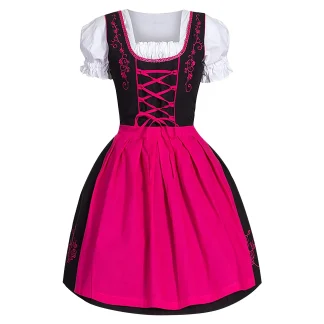
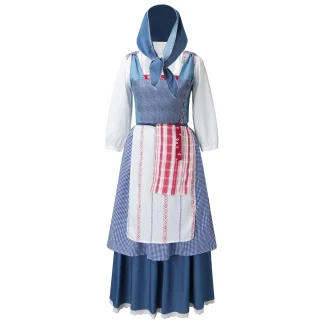
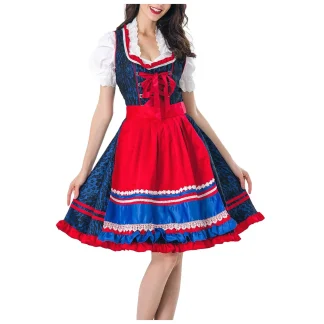
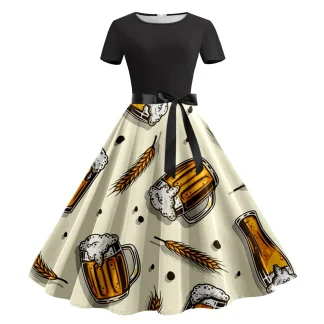 + 4
+ 4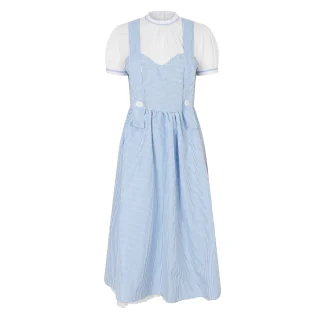
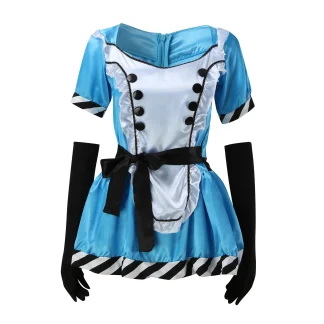
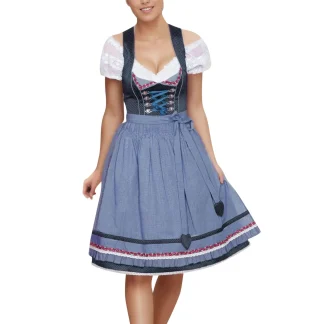
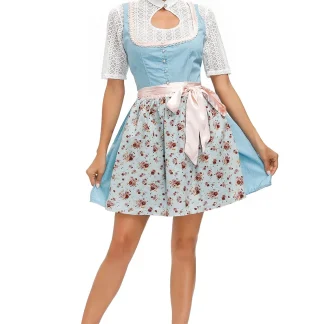
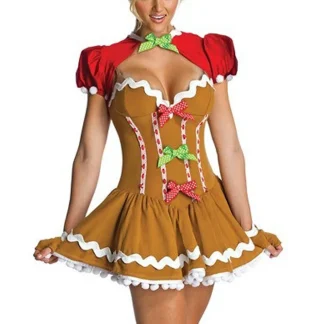
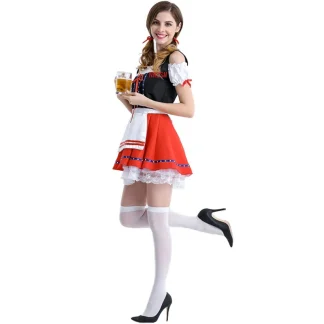
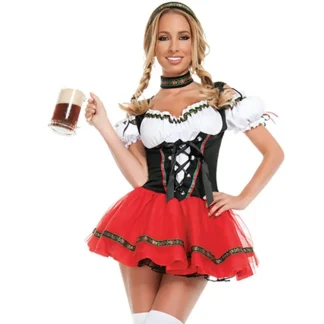
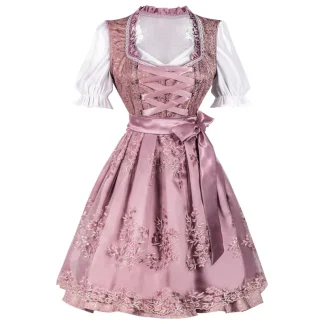
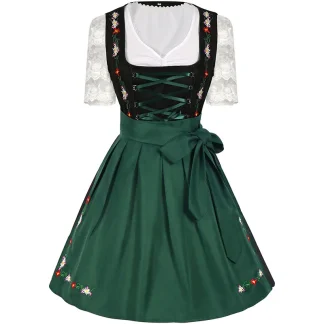
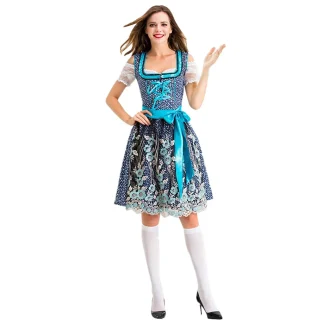
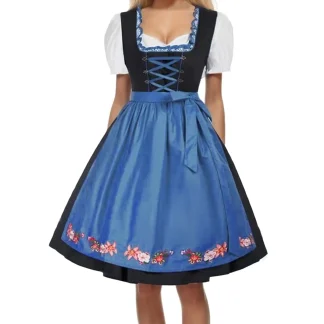
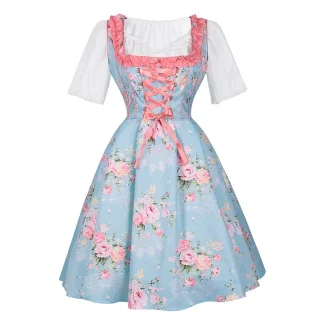
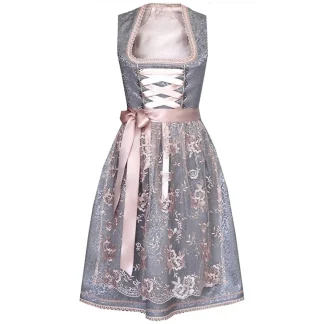
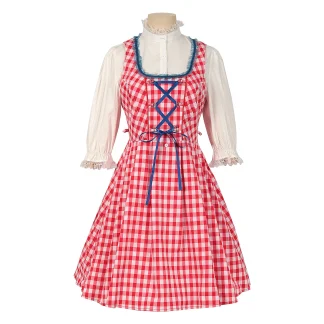
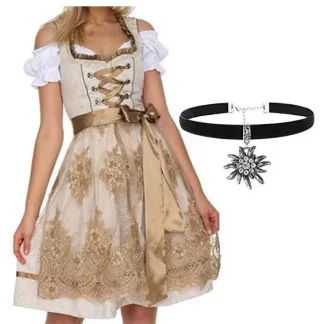
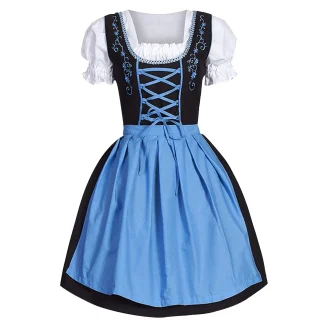
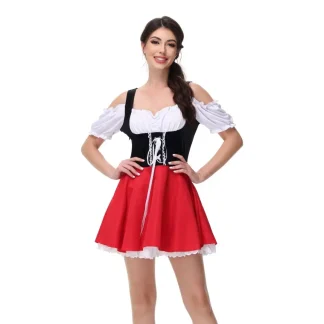
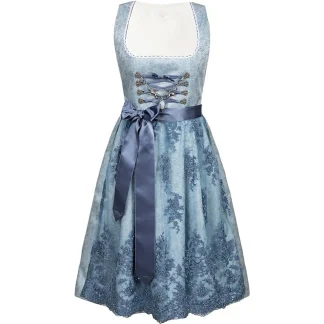
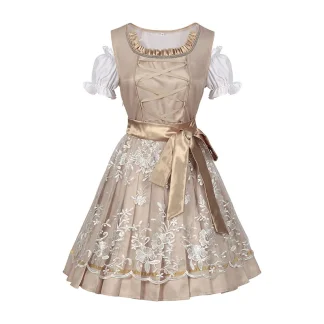
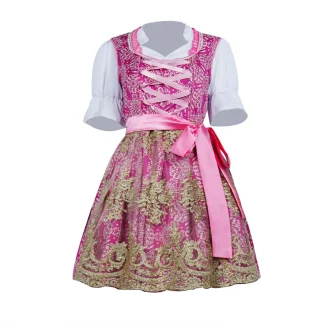
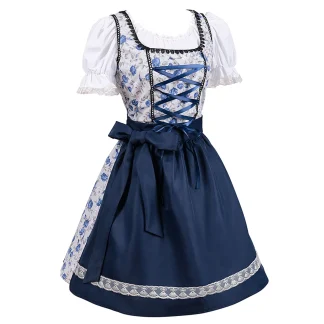
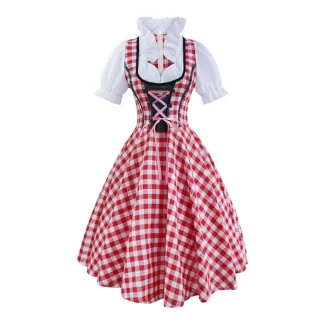
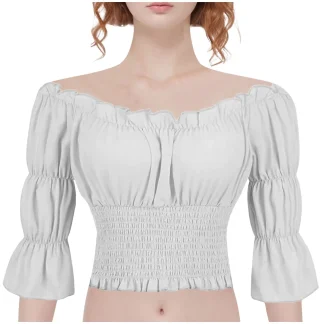
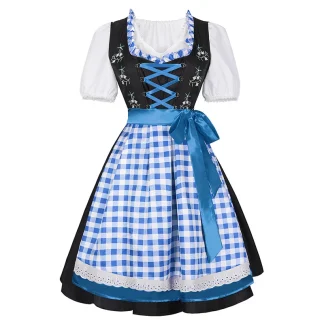
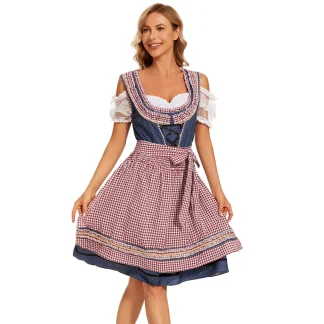
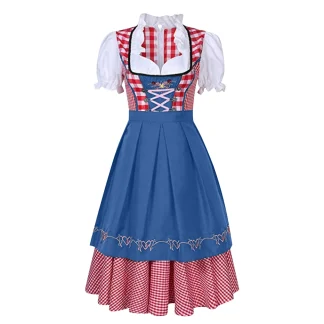
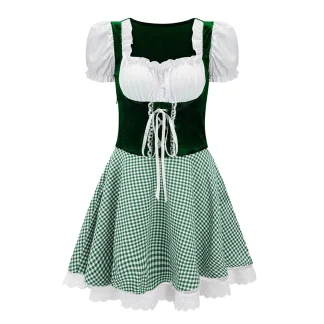
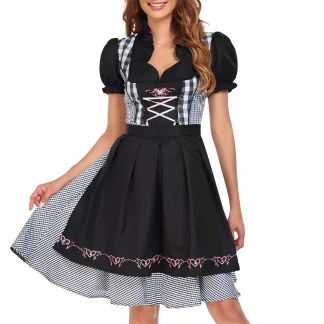
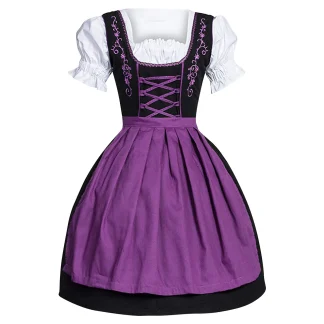
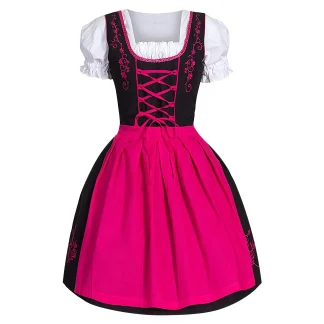
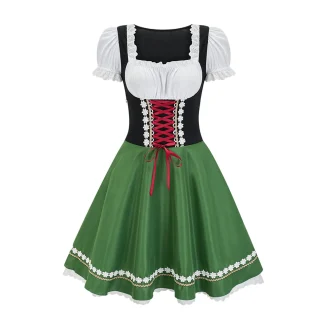
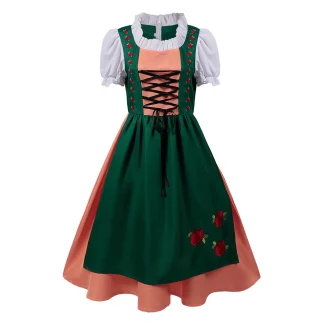
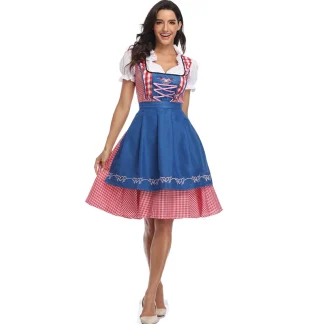
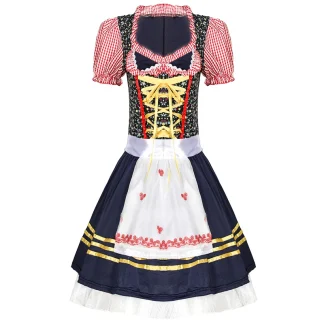
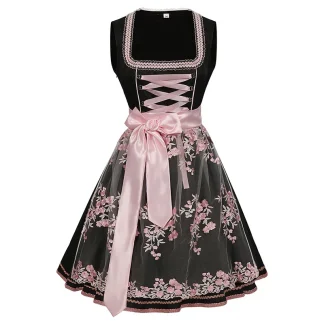
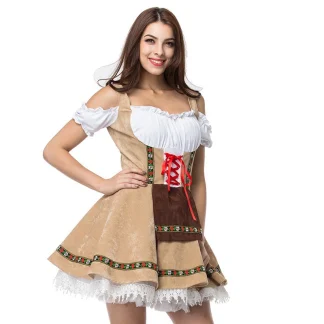 + 1
+ 1